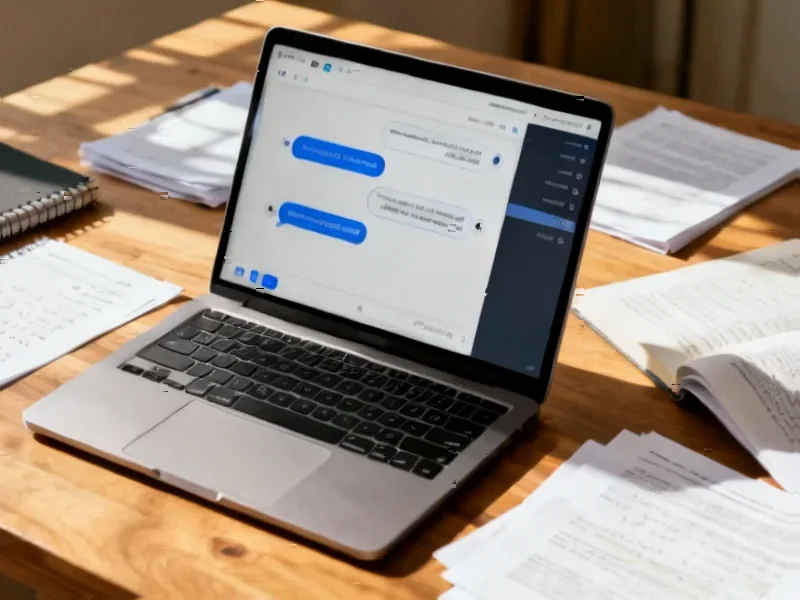According to The Verge, Coca-Cola has launched another AI-generated holiday campaign despite receiving significant backlash for last year’s commercials that featured gliding wheels and uncanny human faces. The new “Holidays Are Coming” commercial attempts to sidestep human generation issues by featuring various animals, but suffers from inconsistent styles and unnatural movements that make characters appear like flat, sloppily animated images rather than proper 3D models. The company partnered with AI studios Silverside and Secret Level, with five AI specialists from Silverside alone prompting and refining more than 70,000 AI video clips. Coca-Cola’s Chief Marketing Officer Manolo Arroyo confirmed the campaign was both cheaper and faster to produce, reducing production time from a year to approximately one month while involving around 100 people—comparable to traditional productions. This aggressive push into AI advertising comes despite previous controversies, including an April commercial that fabricated a fake book by author J.G. Ballard.
The Hidden Cost of Cutting Corners
Coca-Cola’s persistence with AI-generated content despite consistent quality issues reveals a fundamental miscalculation about brand value. Holiday advertising represents one of the most emotionally resonant touchpoints for consumer brands, where production quality and artistic execution traditionally signal respect for the audience. By prioritizing cost savings over execution quality, Coca-Cola risks devaluing decades of carefully cultivated brand equity. The visual inconsistencies and technical flaws in these campaigns create cognitive dissonance for viewers who expect premium execution from a global leader. When consumers perceive that a company is cutting corners on what should be their most polished creative work, it raises questions about where else they might be compromising quality.
The Growing Disconnect Between Hype and Reality
What’s particularly striking about Coca-Cola’s campaign is how it highlights the widening gap between AI marketing hype and practical implementation. While companies like OpenAI and Google showcase increasingly impressive generative video capabilities in controlled demonstrations, real-world commercial applications continue to struggle with fundamental consistency issues. The fact that Coca-Cola needed 70,000 generated clips and 100 people to produce a single commercial suggests that current AI video tools require massive human intervention to achieve even subpar results. This contradicts the narrative of AI as a magical efficiency tool and instead positions it as an additional layer of complexity that demands new specialized skills without necessarily delivering better outcomes.
Broader Implications for Creative Industries
Coca-Cola’s approach represents a dangerous precedent for how major brands might approach creative work in the AI era. The company’s justification that “consumers don’t really care if ads are created using the technology” misses the crucial point: consumers absolutely care about quality, emotional resonance, and artistic integrity, regardless of the tools used. As more brands follow Coca-Cola’s lead in prioritizing speed and cost reduction over creative excellence, we risk entering an era of homogenized, technically flawed advertising that fails to connect with audiences. The involvement of 100 people—comparable to traditional production crews—also suggests that AI isn’t eliminating jobs so much as shifting creative roles toward technical troubleshooting and quality control of flawed outputs.
Where This Leads in the Next 12-24 Months
The coming year will be decisive for AI in advertising. If Coca-Cola’s campaign receives similar backlash to last year’s effort, we may see major brands pull back from generative video until the technology matures significantly. However, if cost pressures continue to outweigh quality concerns, we could witness a temporary “race to the bottom” where brands compete on production efficiency rather than creative excellence. The most likely outcome is market segmentation: premium brands will continue investing in high-quality traditional production to maintain their positioning, while mass-market brands increasingly embrace AI-generated content despite its limitations. The true test will come when a major brand suffers measurable financial impact from AI-generated campaign failures, which could reset industry priorities overnight.




